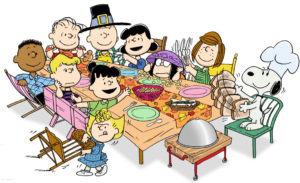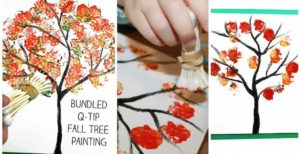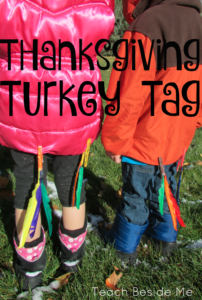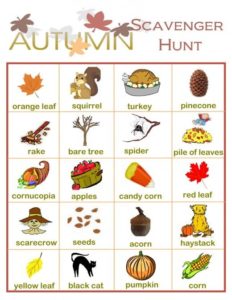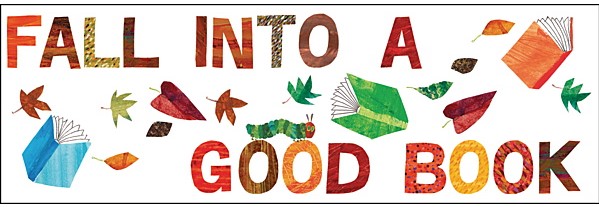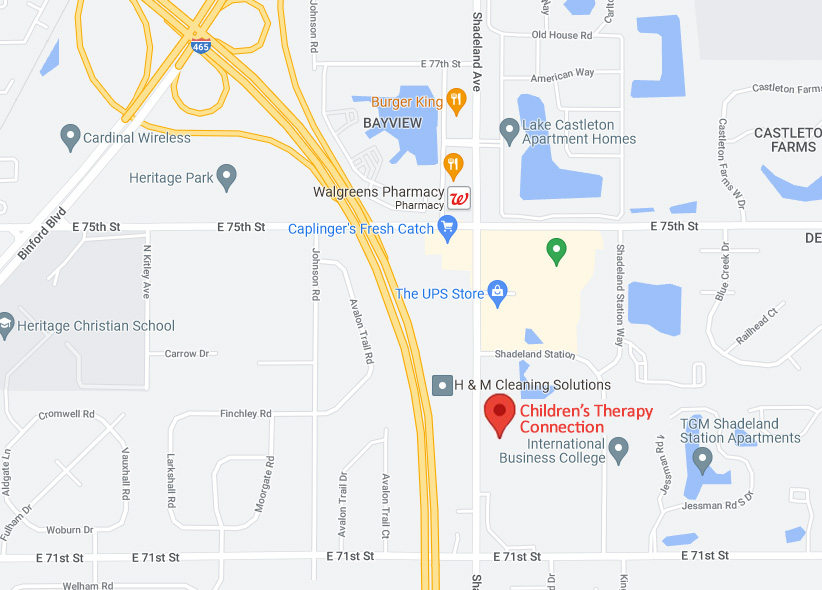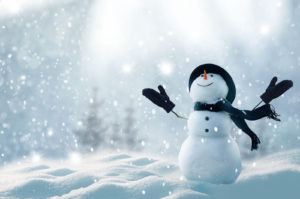
Just because it is chilly outside doesn’t mean you can’t have fun inside! Try a few or all of these family activities and you will have “snow” much fun. Here are our favorite winter activities to keep your kiddos energized, active and engaged.
Snack Time
Brownie Trees: Make a tray of brownies from a mix or scratch. Cut them into triangles, and have your child decorate with green icing and insert a candy cane “trunk”.
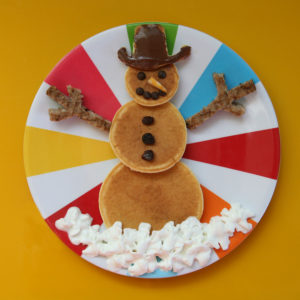
Snowman Donuts: Using small powdered donuts, have your child insert a baby carrot or a Cheeto puff for a nose. Use black squeeze-tube icing for the eyes and mouth.
Pancake Snowmen: Give your child three pancakes of different sizes. Help your child arrange them in the shape of a snowman. Add powdered sugar, chocolate ships, raisins or other fruit.
Snowman Face Snack: Give your child a rice cake. Let him/her frost it with either cream cheese or frosting. Add raisins, chocolate chips, or olives for facial features . Add baby carrot for a nose.
Marshmallow Snowmen: Use frosting and a skewer to attach each marshmallow piece. Add a fruit roll up scarf and mouth. Use raisins for eyes and buttons and finish with a candy corn nose. Use two stick pretzels for arms and top with a Hershey Kiss hat.
Movement Activities
Winter Word Hop: Cut out pictures of winter-related words. Laminate the pictures if desired. Place the pictures on the floor and ask your child to hop from one picture to another.
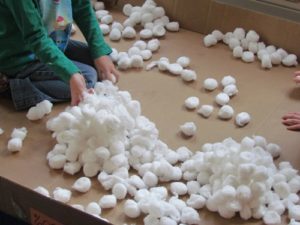
Indoor Toddler Hopscotch! It’s time to have fun with playing hopscotch in your living room or kitchen. Take some masking tape (or even the painter’s blue masking tape) and create a hopscotch on your rug/floor. Your child can toss a small toy at the squares. Walk/jump over the squares to get to the toy and pick it up. As she is jumping on each square be sure to call out the number. Then have her bring the toy back to you and now you take your turn! This is a great way to get some exercise and learn your numbers, even if it’s a cold wintery day!
Snowball Walk and Toss: Give your child a paper plate with three cotton ball “snowballs”. Place a basket on the other side of the room. Your child can balance the snowballs on the plate while walking carefully over to the basket. Let your child toss the snowballs into the basket before returning for more.
Cotton ball Snowstorm: Make a “Cotton Ball Snowstorm” with your child. Place a handful of cotton balls on the floor. Join your child on the floor as you blow the cotton ball “snow” all around. Can you make your snowstorm wild and windy? How about gentle and breezy?
Sensory Activities
Driving On Ice: Fill three jellyroll pans with water and freeze the day before you plan to play. Gather small match-box cars, spoons, salt and sand. Have children try to drive the cars over the ice. What Happens? Spoon salt over one sheet of ice and sand over another. What happens when the children try to drive the cars over these surfaces? Kids love this activity!
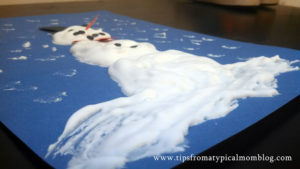
Great Balls of Snow: Fill a tub with cotton balls. Add plastic containers and cups. Encourage your child to play with the cotton balls. Talk about the soft textures. Provide tongs and tweezers to encourage fine motor skills.
Fluffy Snowmen: Gather the needed supplies: glue, shaving cream, paper. Mix glue and shaving cream together. Give your child a piece of dark construction paper. Place the shaving cream mixture on the plate and encourage your child to “draw” in the mixture with his/her fingers. Let dry. The mixture will look fluffy and textured
Winter Books
“The Snowy Day” by Ezra Jack Keats
“Emmett’s Snowball” by Ned Miller
“Under my Hood I Have a Hat” by Karla Kuskin
“Pearl’s New Skates” by Holly Keller
“Hello Snow” by Hope Vestergaard
“Winter is for Snowflakes” by Michelle Knudsen
At our clinic, we have already started some of our own Christmas festivities. Joan Goldfarb, OT, has been organizing our very own gingerbread village. Here are some photos of our gingerbread houses. Be on the look out for more photos of our growing Gingerbread Village!
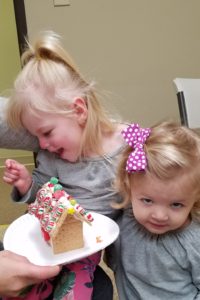
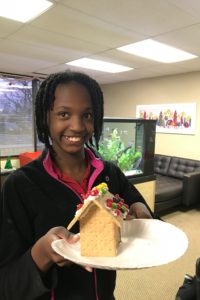
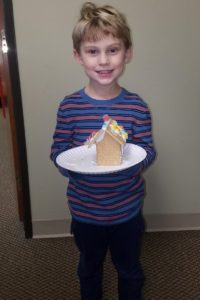
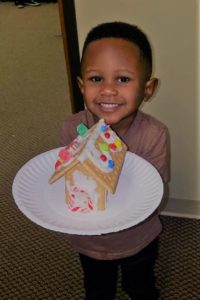
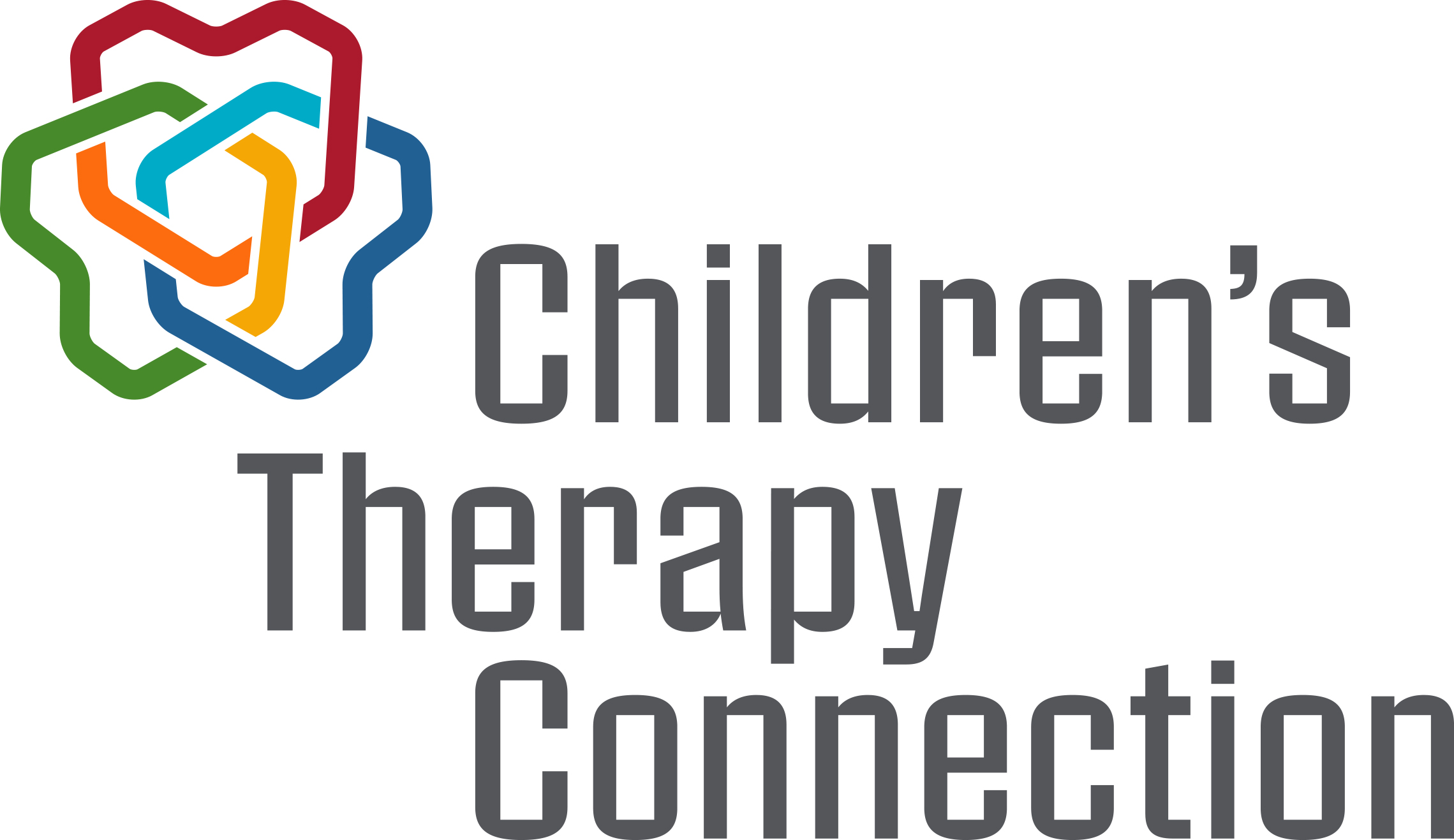
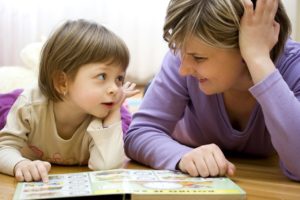
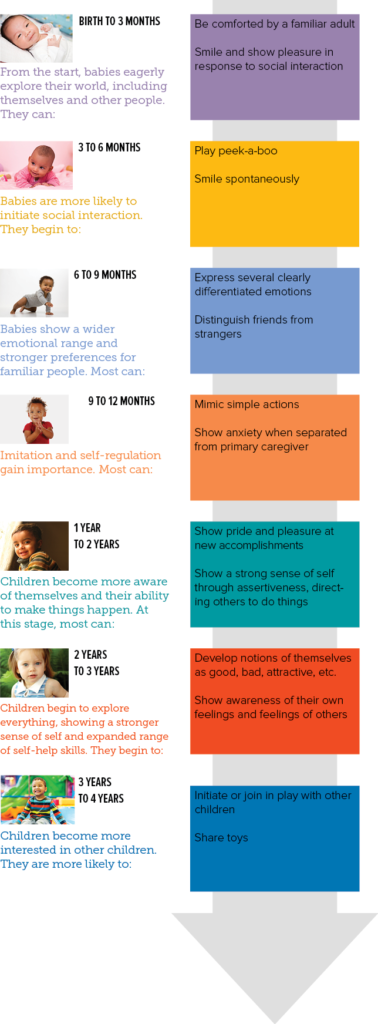
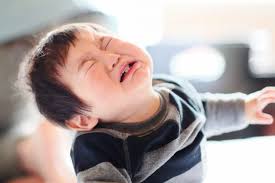
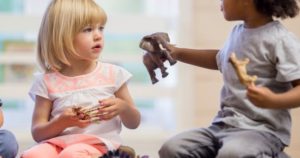
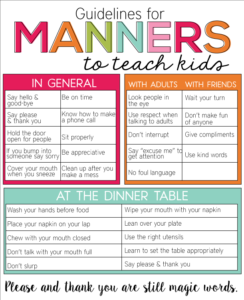
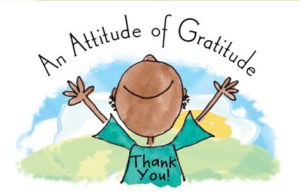 -Originally published in American Baby magazine, November 2005.
-Originally published in American Baby magazine, November 2005.